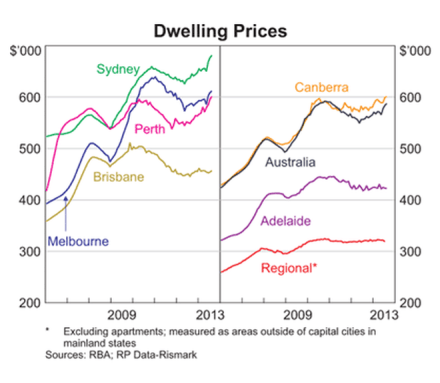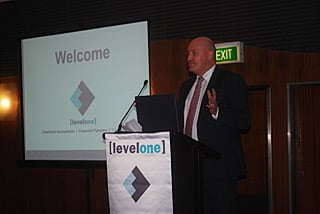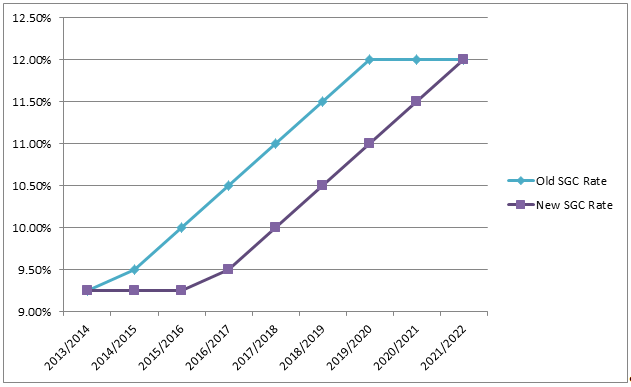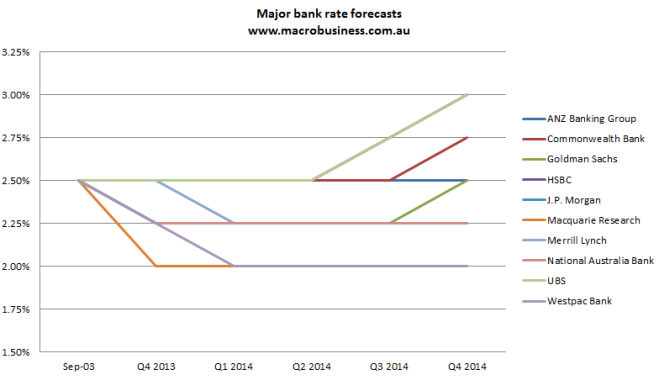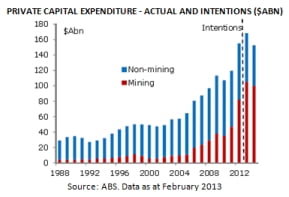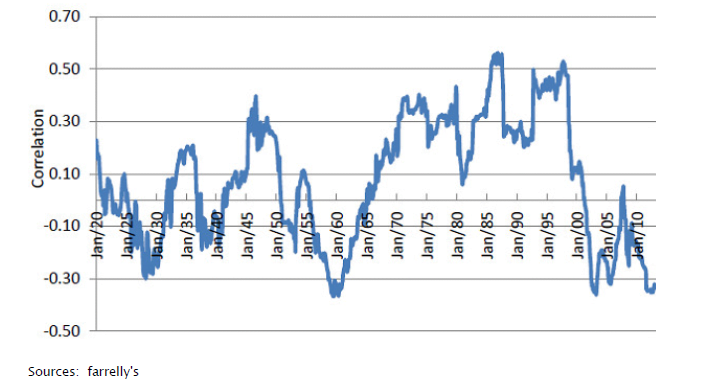The Power Of ‘One Rule’ In Productivity And Growth
Giving your employees a clear focus on what is to be achieved and how it will be achieved is the most effective pathway to reaching your strategic goals, sharpening your competitive advantage and promoting continuous improvement.
Learn the principle of the ‘One Rule’ that will give your organisation a crystal clear focus on success.
A great educator, Rick Ackerly, shares a story about a great first grade teacher named Kathy who would tell the class at the beginning of the year, “Here, we have one rule: Be Kind”. Her classroom was magical. Having only ‘One Rule’, didn’t keep her from doing other things like homework or cleaning up. The kids got it, and no one argued. Of course, they all wanted to work and play in an environment where everyone is kind. Saying there is ‘One Rule’ gave her leadership a name and her classroom culture a focal concept around which everyone could build something beautiful.
In the business world, the ‘One Rule’ strategy can be referred to as ‘Non-Negotiable Principles’ (NNP). Non-Negotiable Principles translate the company’s competitive advantage (or core competency or ‘winning idea’) into a few actionable statements all employees can understand, relate to, and apply when making daily decisions.
If it doesn’t help employees make decisions, it isn’t a winning idea!
Southwest Airlines defines itself as “THE low-fare airline”. There’s a well-known anecdote about a marketing executive who approached the CEO with customer survey data suggesting that Southwest should add a chicken Caesar salad to their longer flights. The CEO asked, “Will adding a chicken Caesar salad help us be THE low-fare airline in those markets? Because, if it won’t, we aren’t serving any chicken salad!”
This is how having – and more importantly, communicating – a ‘winning idea’ (NNP) helps employees make trade-offs between competing values. And when people become comfortable in applying your NNP, they become so much more productive and confident in the accuracy of their decisions, and they will find more time, capacity and experience to think BIG.
Consider the case of an automotive manufacturer who supplies equipment to several global automotive clients. They operate several production lines which mirror their engineering expertise. But, spot the difference! One production line, for motor company ‘A’, dictates minor changes to the product design every six months, requiring regular changes to tooling, components, servicing and, of course, staff training. The second line, for motor company ‘B’, has a standard process of a normal product life-cycle, or roughly 3 – 5 years. One might expect that line ‘A’ would be thrown into a disarray and stop-start mode of interruptions every six months, making line ‘B’ a more efficient, smoothly running operation that gains economies of scale over time.
But the opposite has been observed. It turns out that line ‘A’ is able to handle not only the required changes more efficiently, but also seems to cope with unplanned disruptions better. At the same time, causal disruptions tend to throw line ‘B’ into much longer periods to find solutions and restart.
Why would this be the case? The answer is: experience in handling change. When change is constant, it is in human nature to adapt to the pace. Employees in handling line ‘A’ are conditioned for change, expect it and have an opportunity to practice change more often.
The strategic power of the ‘One Rule’ principle
Here are some real-world examples of the one-rule principle in action:
- For one airline, its CEO made the team focus on ‘On-time arrivals’. This simple rule allows everyone to test their actions daily, by asking: ‘Will this choice / decision help us deliver our promise of being an ‘on-time arrivals’ airline?”. If they can’t deliver this; they have no competitive advantage.
- One aluminium manufacturer made ‘No worker accidents’ the top priority. He knew that to prevent accidents, all employees would have to understand their operations so well that operational efficiencies would be implemented naturally, thereby preventing accidents.
- In the 1980s, a new director of New York City’s troubled subway system declared: ‘No graffiti’. He knew that eliminating graffiti provided an important, visible victory and would, in turn, lead to other improvements.
Applying the ‘One Rule’ principle
Imagine yourself in this scenario: Let’s say you define your organisation as the “leader in fast turnaround of short-production-run, high quality manufacturing services, globally“. This is your competitive advantage. To become a ‘One Rule’ strategy, it must be applied to all things your organisation does, in every operation. How is this done?
Coach your workforce to know:
- WHAT your ‘One Rule’ is
- Understand WHY your business depends on fast-turnaround
- HOW to apply the ‘One Rule’ to all actions to support this outcome
- And do so sustainably
Business must first and foremost be sustainable, i.e. all outcomes ideally must be viable in the long run and must be repeatable. It is never a good practice to pour extra resources into a situation when it cannot be sustained every time. At the very least, such solutions should become a case study for others to learn from.
There can be any number of underlying principles for your ‘One Rule’ Strategy to help guide people in making effective decisions: each explained and practiced through coaching.
- What will help us maintain our standard of quality – profitably / sustainably?
- What could be changed about this process, or about my activities, to improve ‘fast turnaround’ sustainably?
You can even provide job-function specific questions or extend these questions to the entire workforce to gain broader input of ideas: “In what other markets / for what other type of customers is this value ‘relevant’ and ‘important’ where we can offer our premium service?”
‘One Rule’, clearly identified, communicated and coached consistently, is your strategy for achieving continuous improvement and repeat business success.
The material above was produced byMargaret Manson, Chief Inspirator, InnoFuture. InnoFuture helps organisations build innovation capacity and culture by making their business Vision and strategy an integral part of every job, every day, through Non-Negotiable Principles that guide, connect and inspire people. Find out more: www.innofuture.com.au/collaborate-or-perish.
[Quote]
“Conformity is the jailer of freedom and the enemy of growth”John F. Kennedy



